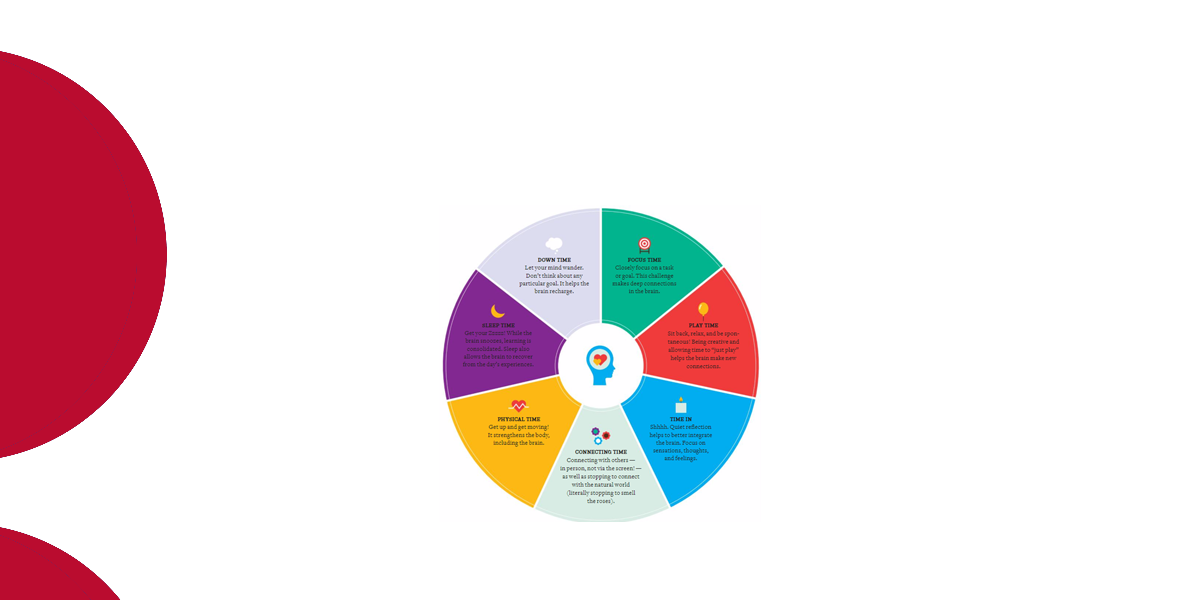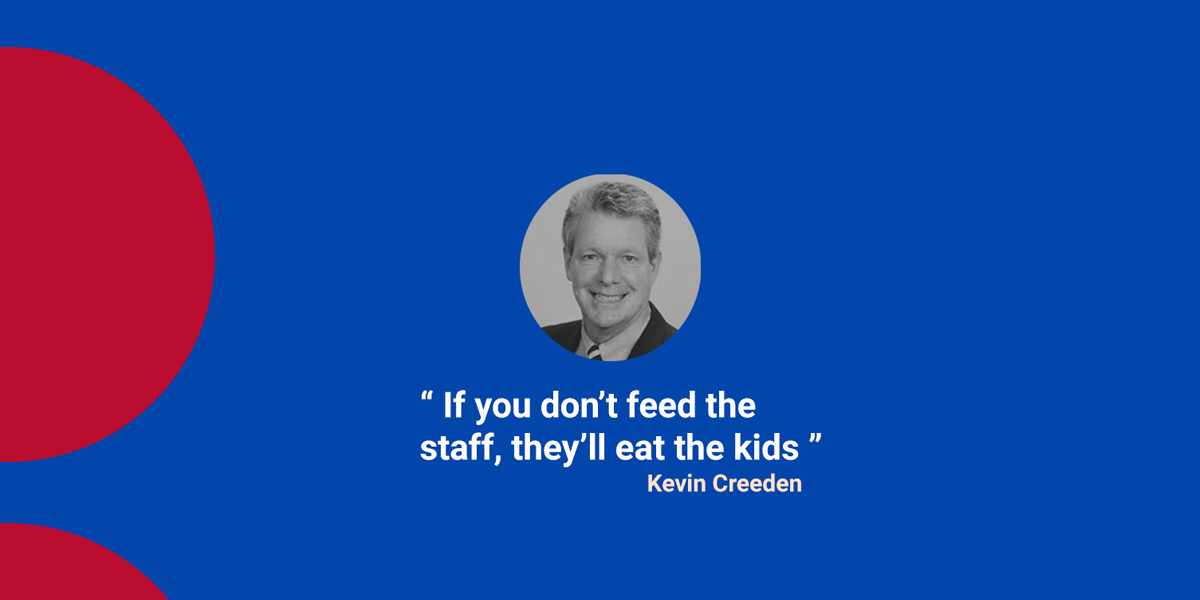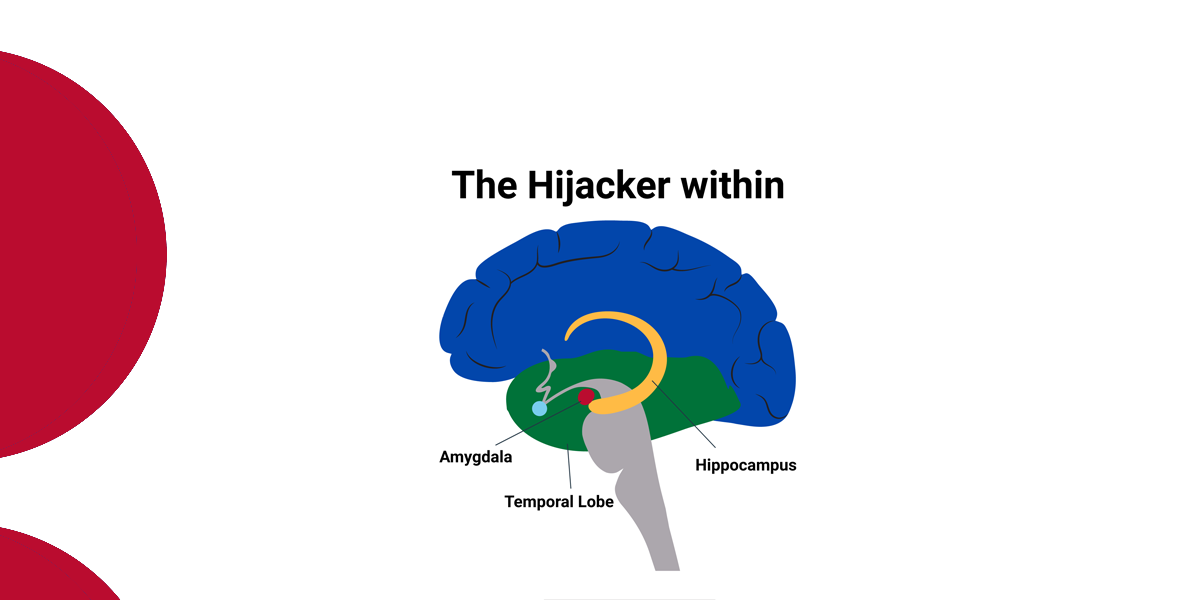The Caregiver’s healing gift- a mindful presence
Sep 2022
Written by Sally Denning
For children and young people that have experienced trauma abuse and neglect, the presence of positive, safe, and attuned relationships can be significant in supporting their recovery.
Actions that promote ‘presence’ by caregivers for the young people they care about, are not difficult, yet can build a strong and positive sense of self in young people, and create enduring relationships between caregiver and child, helping the child’s healing process.
What is presence?
Presence is important for holding what wants to unfold in the space within a relationship. These deeper qualities of presence include focused attention, open awareness and kind intention. Children and young people, feel they don’t come into existence until they have a sense of being seen by their caregivers. For young people to grow, their relationships with caregivers are critical for them to feel safe in the world and understand themselves better.
In using the simple and ongoing act of presence, caregivers can provide the young person with missed childhood experiences. The qualities of caregiver presence offer an embodied, felt sense which can be experienced by the child at a very deep level – leading to healing and growth.
Through presence the process of healing has a life of its own
Badenoch, 2018
Lara was 10 months old when she went into foster care, yet she looked and presented as a 3-month-old baby. She was disinterested in the world around her – her gaze was flat and unfocussed. The only give away that Lara was older than her presentation was the tiny teeth appearing in her mouth.
Prior to being in foster care Lara had been well fed and had lots of toys, but she had been left in a darkened room with limited contact with her family and limited touch and emotional stimulation – when Lara was found, her system was already starting to shut down. Lara had not learnt a sense of trust that her caregivers where there to meet her needs and she was in grave danger of failure to thrive….
For Lara to survive her caregivers needed to be fully present for her, to pre-empt her needs and wants, and cue her to turn towards them. Lara needed to learn to trust and depend on her caregivers.
Bright moving toys were purchased and soft fabrics placed on her crib. A baby monitor was set up so at the slightest sound Lara’s caregiver could show that Lara counted and that her caregiver was attuned to her needs. In hearing the smallest of sounds on the baby monitor, the caregiver would scoop Lara up from her crib into loving arms to rock and coo at her. In this loving presence Lara learnt that she mattered, that her caregiver was there for her and that she could be soothed and held when she was distressed.
At 12 months, Lara gave her first loud cries and cued her caregiver she was distressed and needed soothing – it was cause for much celebration as Lara had learnt that a loving presence was there for her and had started to grow and thrive….
Strategies to support presence:
-
Time
take the time to be fully aware of what is happening in the present moment for both you and your child.
-
Focus
take a moment to tune into, show interest and focus on what the child or young person is focusing on.
-
Name it
Use language to name what the child is focusing on as this can assist to validate that you are present with them and also assists your child to make sense and understanding of their world eg “look at how the bird is playing on the bush.”
-
Tone
use a light, melodious sing song tone, as this assists to promote feelings of safety in the child.
-
Actions and nonverbals
use actions, warm facial expressions and non-verbals to indicate that you are aware and present with what is happening for your young person eg smiling, head nodding, pointing and holding gaze to the object of interest, or mirroring facial expressions and movements of excitement
-
Open encouragement
Be encouraging, but non-judgmental in your comments
-
Be curious
invite further participation and interaction in the moment by being curious and using open questions to explore the child/young person’s world eg “that bird is pretty interesting huh”.
-
Tracking
follow the child’s lead and track that you are with them. Use language to name and non-verbals to indicate you are following what they are doing eg head nodding, holding the child’s gaze while saying: “you want to see where that birdy has flown too, but you just can’t see it right now.”
-
Name the emotion
use words to name what you think the child might be feeling eg “oh it is sad that the birdy has flown away”. This helps the child understand their feelings and let them know that you are tuning into their internal world.
-
Safe touch
Use safe touch as you speak to build connection. A hand on the shoulder or a tousle of the child’s hair.
-
Using your senses
Use your senses to build connection and promote a child’s understanding of themselves and their world
-
Have a non-judgmental atmosphere
staying open and curious to our child’s inner world.
By using the art of presence caregivers, offer a heartfelt, powerful healing gift for the young people in their care.
References
Badenoch, B. (2018). The heart of trauma: Healing the embodied brain in the context of relationships. New York, NY: Norton
Levine, P., Kline, M. (2008). Trauma-proofing your kids: A parents’ guide for instilling confidence, joy and resilience. Berkley, CA: North Atlantic













